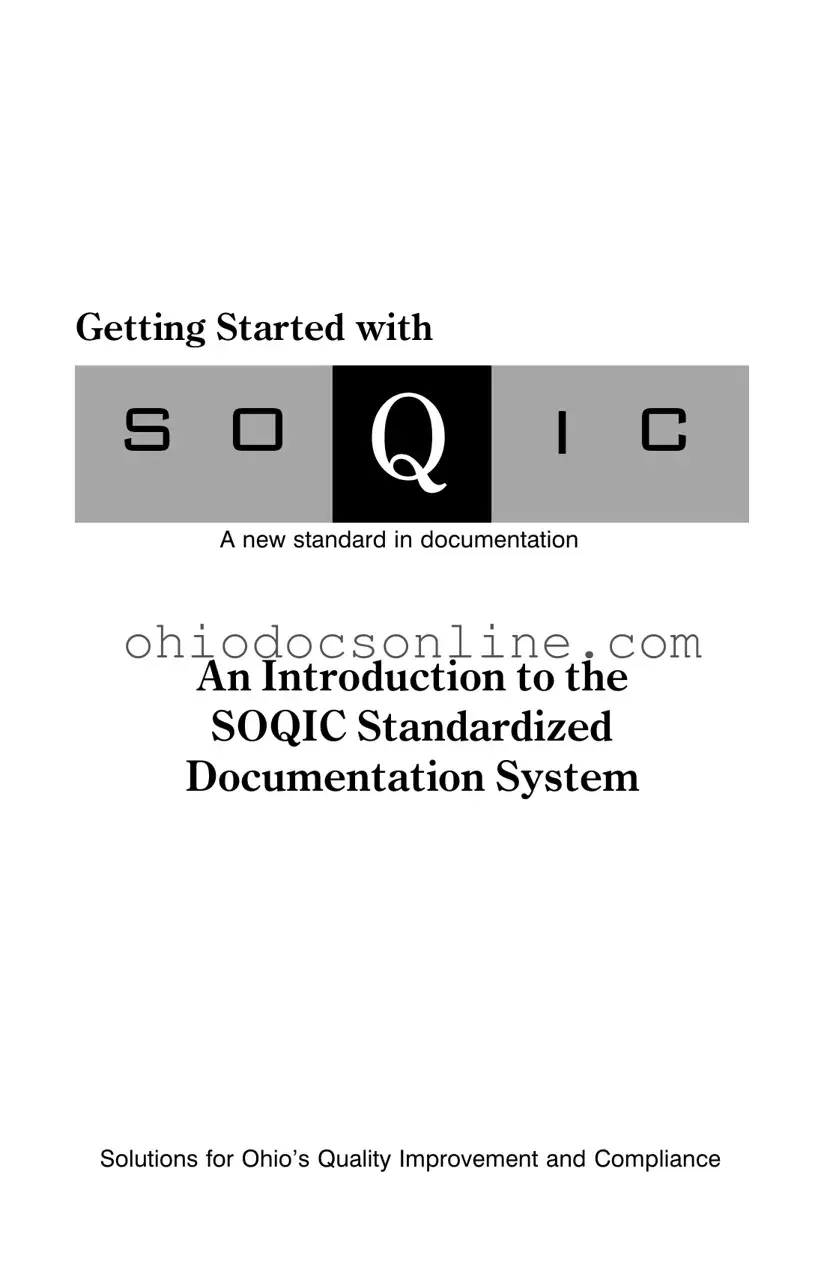Soqic Ohio Template in PDF
The SOQIC (Solutions for Ohio’s Quality Improvement and Compliance) form represents a new standard in documentation for Ohio's mental health and addiction treatment services. This initiative aims to streamline clinical processes and enhance consumer participation, thereby addressing the challenges posed by varied documentation practices across the state. By implementing a standardized documentation system, SOQIC seeks to improve compliance, reduce redundancy, and ultimately enhance the quality of care provided to clients.
Open Editor
